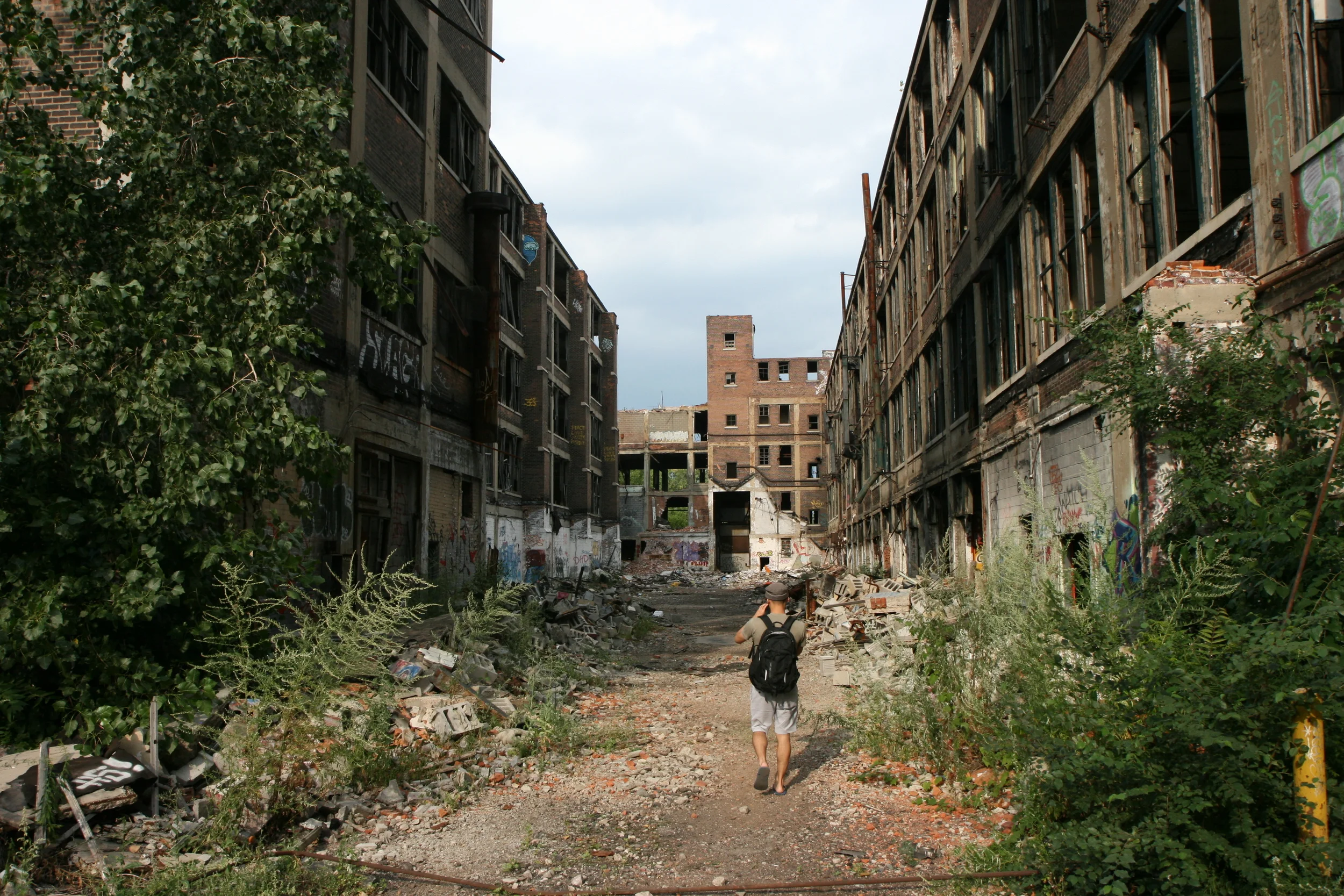Detroit’s wealth of ruins
Contexts 13(2): 62-69
Detroit’s fall has been long in the making. The biggest city ever to declare bankruptcy, Detroit has suffered out-migration since the 1950s, as people followed the jobs that started to leave the city. Auto manufacturing declined and eventually collapsed, and with it did Motor City. Detroit is a victim, symbol, sign of the times, but it is something else, too. Detroit’s citizens have made the city an urban museum. Part of the attraction for tourists is what also entices millions to flock to Rome and Athens every year: a chance to see the glory of times past. Like classical cities, Detroit symbolizes the end of an era—in this case, of American manufacturing. The dramatic ruins of wealth sit alongside a wealth of ruins.
click for PDF | doi: 10.1177/1536504214533503
Blurred Lines: Structure/Agency, Presence/Vacancy in Detroit's Urban Museum
City & Community 14(2): 183-5
Detroit has come to symbolize the end of American hegemony in manufacturing. Faced with globalization, market competition, and political change, Detroit's citizens seem the victims of structural forces beyond their control. Yet, this photographic essay explores Detroit precisely through the lens of agency, highlighting citizens’ creativity, entrepreneurship, and play. The photographs highlight the ways Detroit's citizens have blurred the boundaries between ruins and art, presence and vacancy, and structure and agency.
click for PDF | doi: 10.1111/cico.12101
